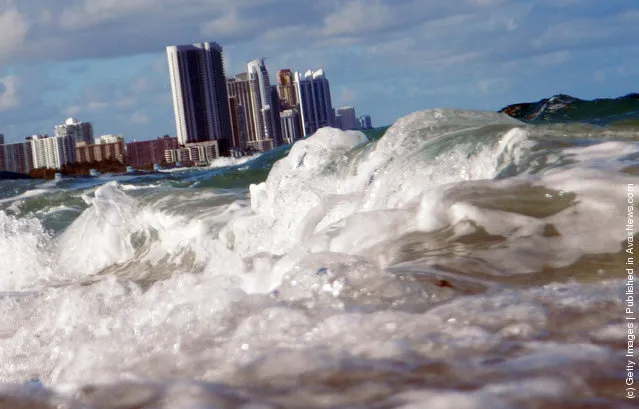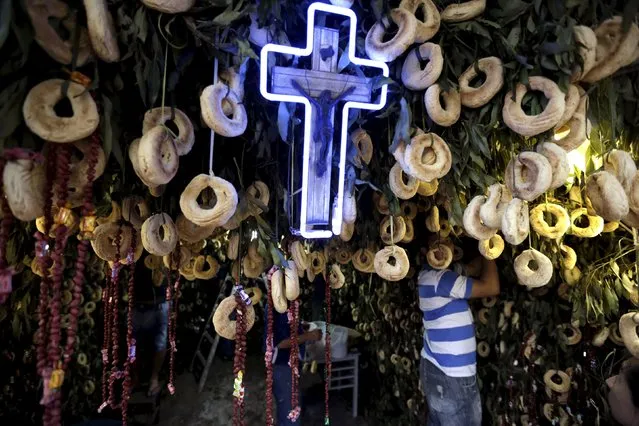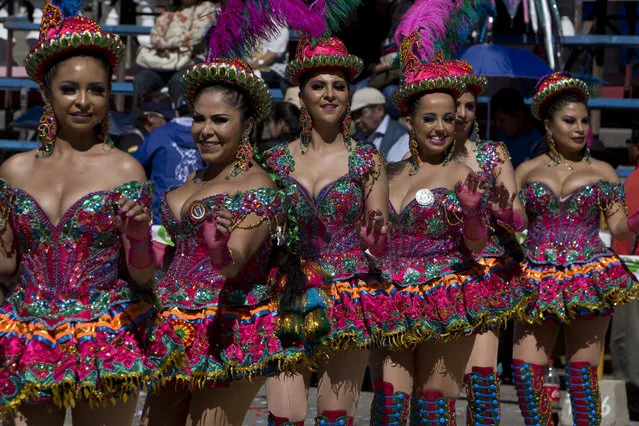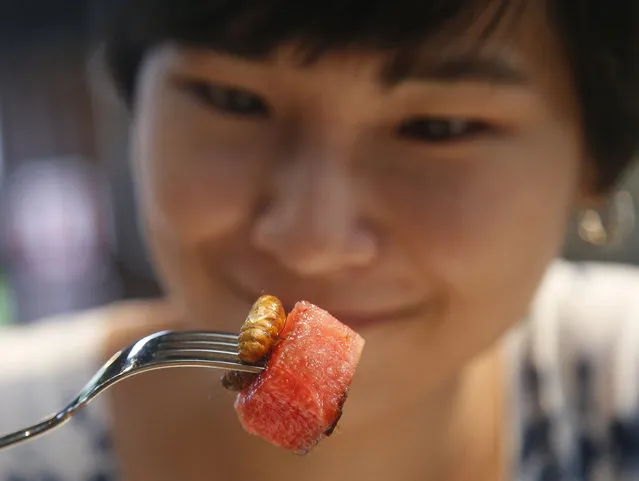
Buildings are seen near the ocean as reports indicate that Miami-Dade County in the future could be one of the most susceptible places when it comes to rising water levels due to global warming on March 14, 2012 in North Miami, Florida. Some cities in the South Florida area are starting to plan for what may be a catastrophic event for the people living within the flooding area. (Photo by Joe Raedle/Getty Images)
15 Mar 2012 13:34:00,post received
0 comments







